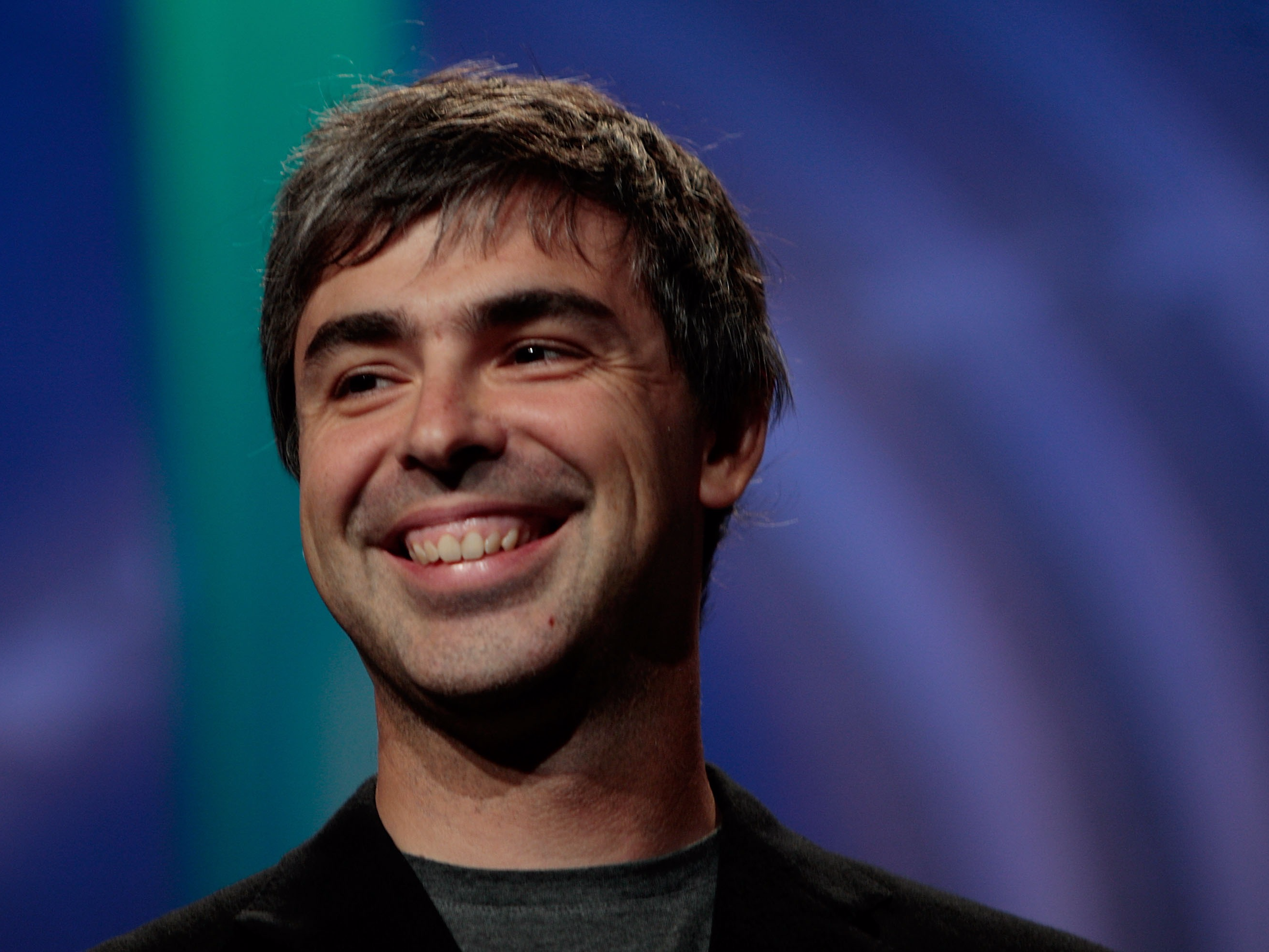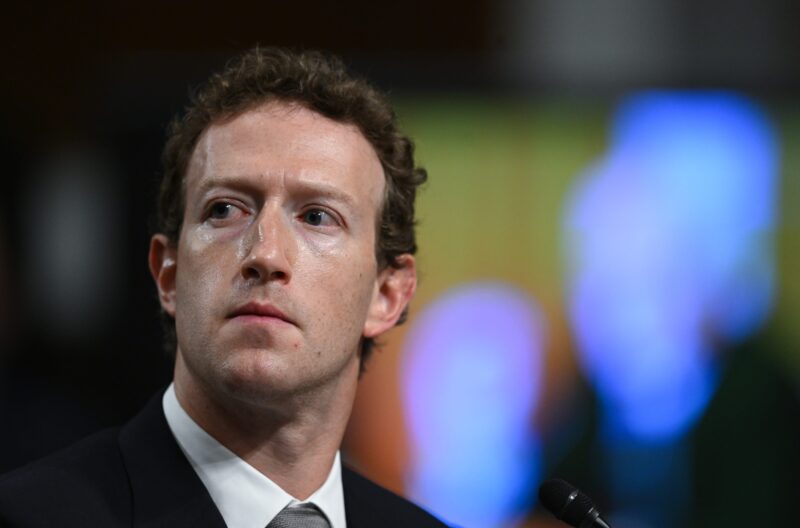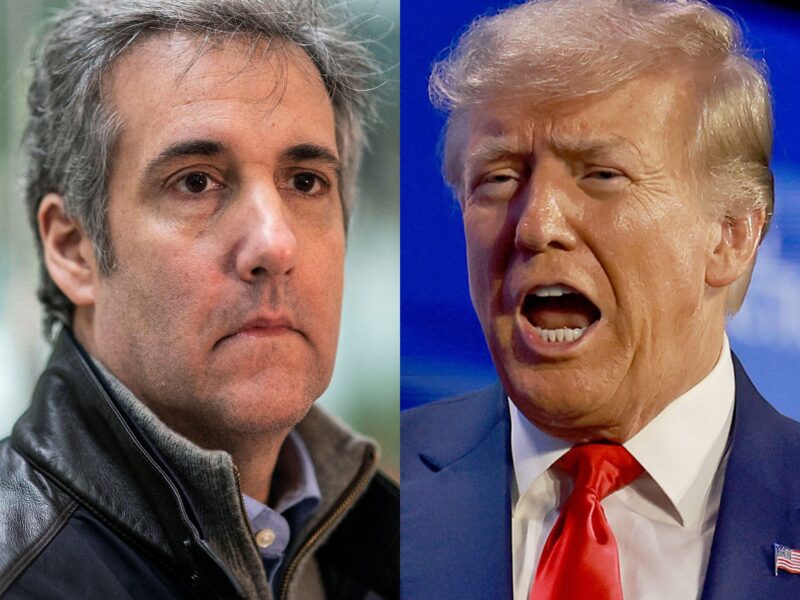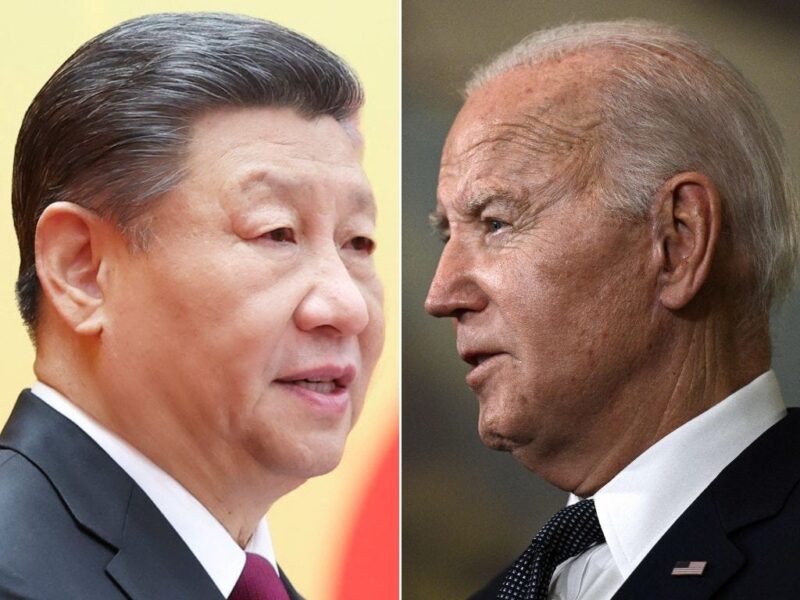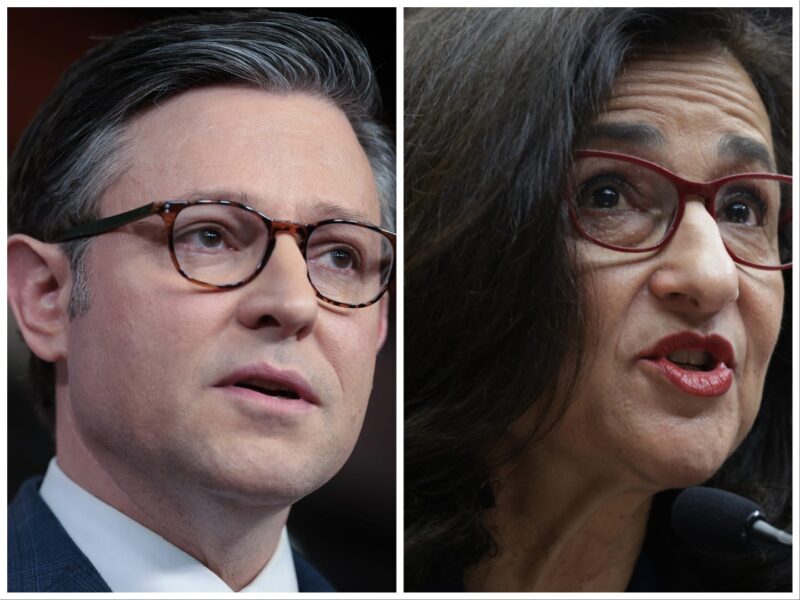Alphabet’s market cap swelled to more than $630 billion on Friday following the Google parent company’s better-than-expected Q1 results a day earlier.
In addition to growth in advertising revenues, the “other revenue” category saw significant growth in Q1, up 49%, as the company seeks to diversify how it makes money beyond digital ads. Most of those revenues come from Google’s cloud services and hardware, like the Pixel phone and Google Home speaker.
As Alphabet’s stock rose above $900 on Friday, analysts boosted their price targets and heaped praise on Google’s growing collection of money-making products and its ability to maintain solid profit margins even as it spends heavily to beat the competition.
Here’s what analysts are saying about Alphabet, in reaction to the earnings report:
Barclays: BULLISH
Rating: Buy
Price target: $1,065
Comment: "Stepping back from the results, Google is in a really good spot right now given its shareholder friendly buybacks, strong pace of innovation, and a lower multiple than its large cap peers. With I/O around the corner and solid momentum into 2Q, we'd add to positions."
Macquarie: BULLISH
Rating: Buy
Price target: $995
Comment: "There is certainly potential long-term upside from Cloud and many emerging areas such as hardware, AI, and Waymo, but we are reiterating our Outperform rating and raising our target to $995 based mostly on continued core growth."
Baird: BULLISH
Rating: Buy
Price target: $1,100
Comment: "Capital discipline remains a key strength... As Google conti ues to invest in key growth areas including mobile, cloud and ML/AI, management reiterated its focus on maintaining high levels of profitability through a measured approach to capital allocation."
Cowen: BULLISH
Rating: Buy
Price target: $1,075
Comment:"The core search business still demonstrates robust strength."
Jefferies: VERY BULLISH
Rating: Buy
Price target: $1,200
Comment: "Google's business is now sustaining the highest level of growth we've seen in around five years."

